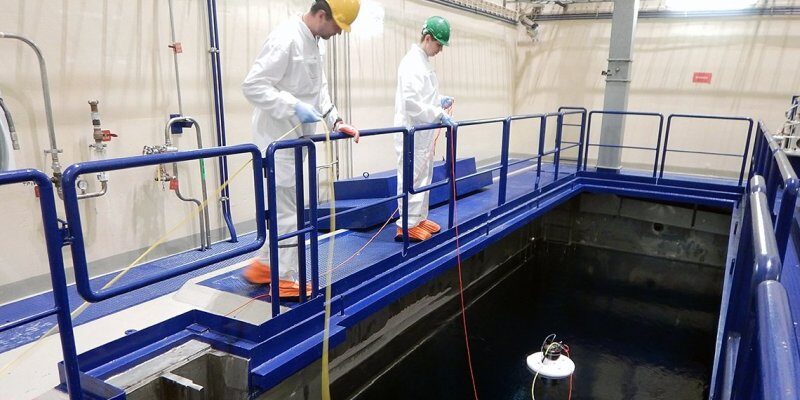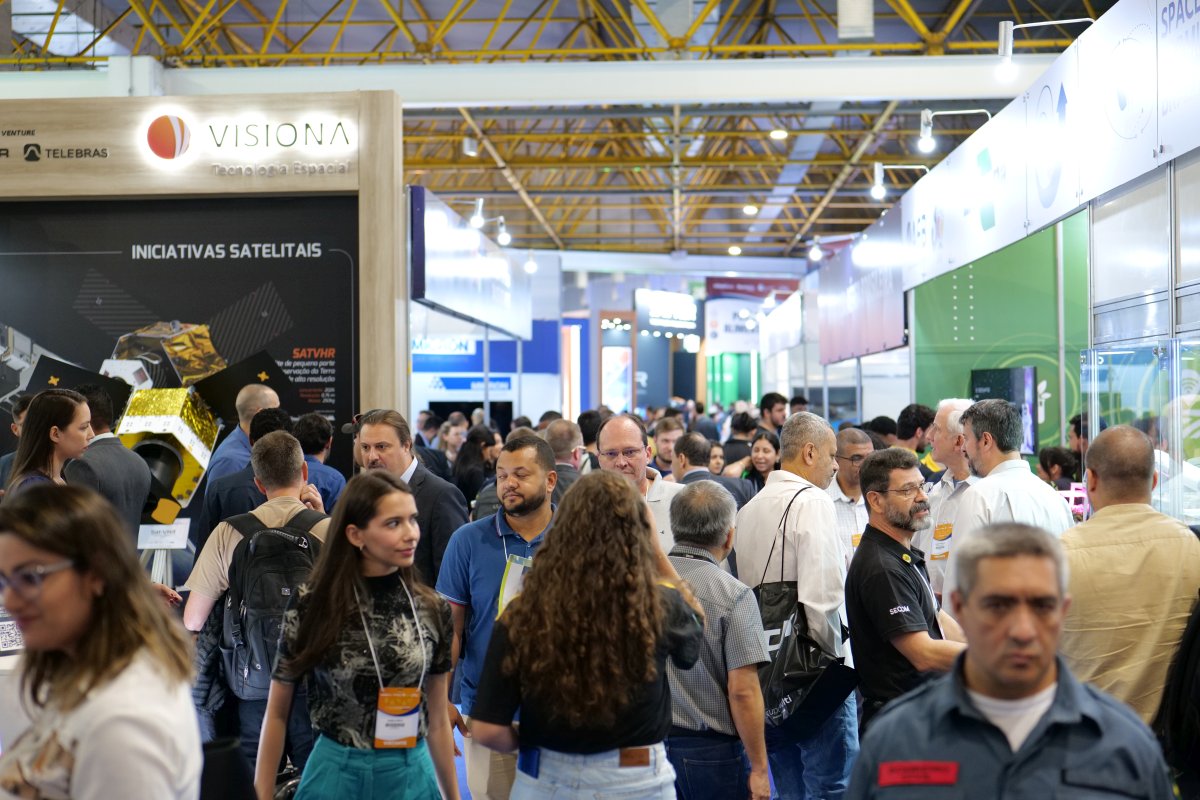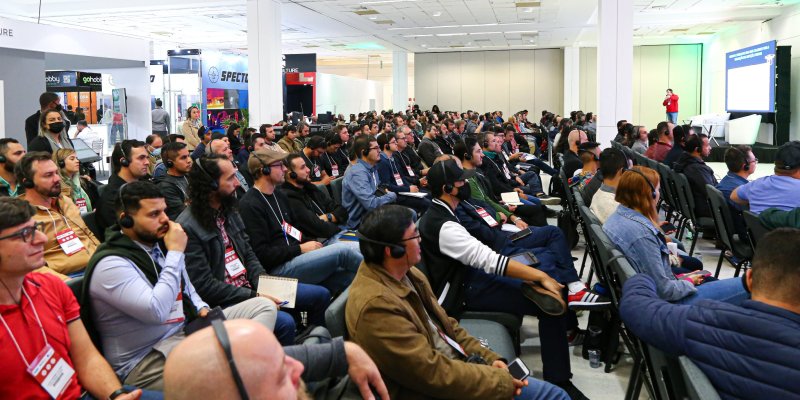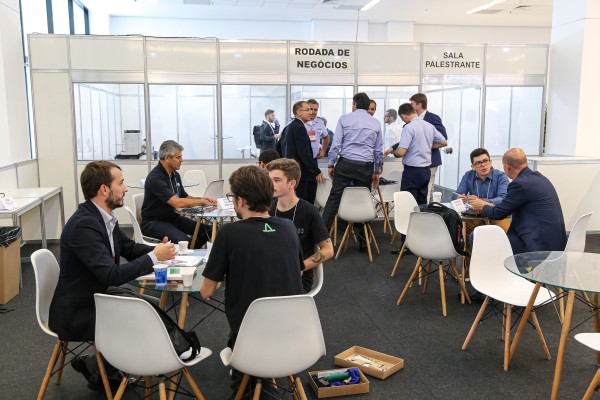The Robotized Cherenkov Viewing Device (RCVD), an autonomous floating robot that operates in controlled environments, has completed a series of tests at an operating nuclear power facility in South America.
The prototype system navigated a spent fuel pond and provided inspectors with real time data that can be used for safeguards verification. It analyses each assembly’s position and unique signature to detect if fuel has been removed or replaced.
The RCVD was created through a collaboration between CSIRO’s data and digital specialist arm Data61, Hungarian robotics company Datastart, and the International Atomic Energy Agency (IAEA).
“The test demonstrates that autonomous robots could soon assist with field measurement and analysis of spent nuclear fuel, providing greater protection for human workers”, said CSIRO Technical Program Manager, Rosie Attwell. “This new technology will remove humans from harm’s way and ensure the rate of safety inspections matches that of nuclear material”, she completed.
The RCVD’s autonomy, navigation and mapping capabilities are underpinned by CSIRO’s Wildcat SLAM (Simultaneous Localisation and Mapping) technology, which achieved less than one per cent deviation from reality in DARPA’s Subterranean Challenge Final Event.
“It also significantly improves the quality of the data collected. The instrument can be optimally positioned close to the fuel, leading to more consistent and accurate measurements”, said Technology Foresight Specialist at the IAEA, Dimitri Finker.
The prototype will continue to be tested, with plans for the device to be outfitted with computer vision to enhance autonomy in the next phase of development.








